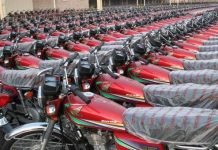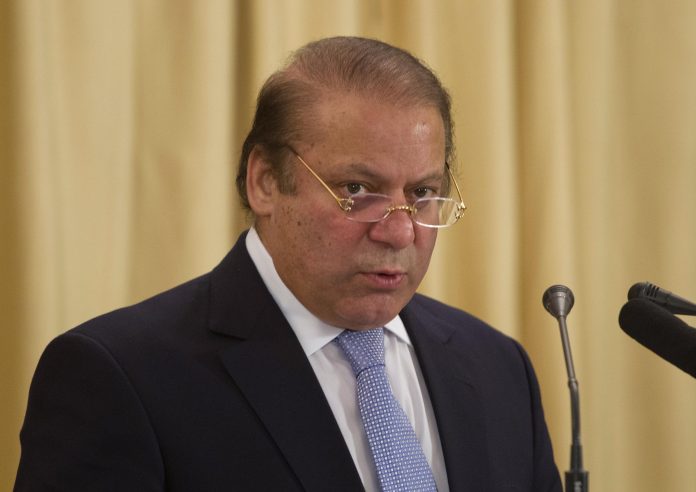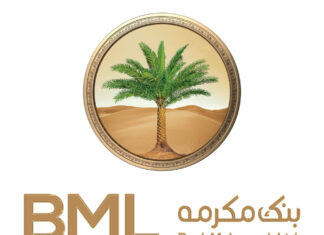A recent study by Bloomberg Economics has highlighted that the Pakistan Muslim League (PMLN), led by Nawaz Sharif, outperformed its political rivals in economic management over the past thirty years.
The report used a ‘misery index’ specifically for Pakistan, combining unemployment and inflation rates, to assess economic performance.
This misery index showed the PML with a score of 14.5%, indicating less economic hardship under their rule compared to Imran Khan’s Pakistan Tehreek-e-Insaf (PTI) at 16.1% and the Pakistan Peoples Party (PPP) led by Bilawal Bhutto Zardari at 17.2%.
The scores represent averages during the periods each party has been in power since 1990, where a lower score suggests better economic management.
The study comes at a politically tumultuous time for Pakistan. Imran Khan, despite being the most popular leader with a 57% approval rating, faces legal challenges and his party is currently barred from elections. Meanwhile, Nawaz Sharif’s PML is gaining momentum, with Sharif’s approval rating jumping to 52%, positioning the party favorably for the elections on February 8.
Ankur Shukla from Bloomberg Economics said that despite Sharif’s rising popularity, the incoming government faces significant economic challenges. Pakistan is grappling with high inflation and unemployment, and under an International Monetary Fund (IMF) bailout, the country must implement tough measures like subsidy cuts and tax increases. The IMF predicts only a 2% growth for Pakistan’s economy this year, following a contraction in the previous year.
Historically, the PMLN, under Nawaz Sharif and his brother Shehbaz Sharif, has governed Pakistan four times in the last three decades.
The PPP has been in power three times, and Imran Khan’s PTI ruled for three years until his removal in April 2022.
The Bloomberg report provides a crucial insight into the economic performances under different political leaderships, setting the stage for the upcoming elections.























Does it matter ? We know who the puppet masters are.